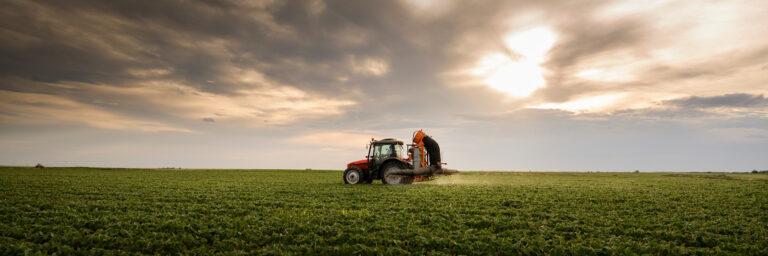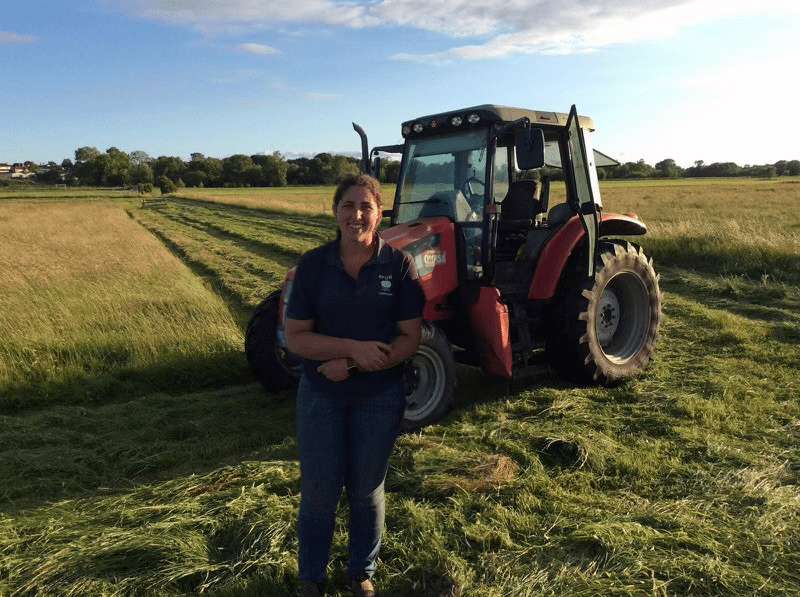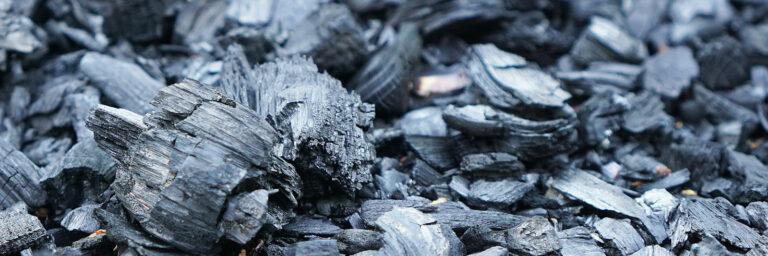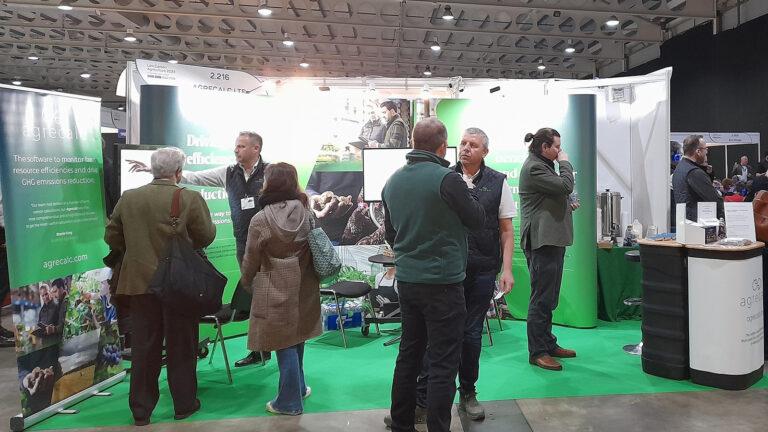
April Business Update: SRUC
After two years of operation as a Limited Company, Agrecalc became part of Scotland’s Rural College (SRUC) as of 1 April 2025.
The Look family’s farm is one of the farms included in and benefiting from the Programme for the Improvement in Sustainability of (red) Meat (PRISM2030). This major initiative was launched in November 2022 by ABP Food group, one of Europe’s leading privately owned food processors, and Agrecalc’s consultancy partners, The Anderssons Centre. Using Agrecalc, the programme’s aim is to improve the farms’ carbon and business efficiency.
The farm extends over 400 acres on the Somerset Levels – which mainly floods during times of high rainfall – and finishes more than 300 cattle each year. They outwinter a 30-head, mixed-breed, spring-calving suckler herd and run a commercial flock of 100 Suffolk x Mule breeding ewes, which are put to a Charolais x Texel ram.
Juggling a young family while running a farm meant completing a carbon footprint analysis wasn’t at the top of farmer, Victoria Look’s, list of priorities. However, when offered the option of using Agrecalc, through ABP initiative, the Programme for the Improvement in Sustainability of (red) Meat (PRISM 2030), the Somerset cattle and sheep farmer took the opportunity, with support available to complete the calculations, analyse the data, and improve her farm’s carbon and business efficiency.
“We have a good relationship with ABP, who we finish lambs and cattle for,” explains Victoria. “It was through supplying them that we learned about and were given access to Agrecalc.” Victoria’s farm has been part of PRISM 2030 since autumn 2022. The programme gives participating farmers chance to complete professional carbon calculations through Agrecalc, with supporting business advice from consultants at The Andersons Centre and further recommendations on the areas where the farm can improve from Harper Adams University.
“We thought we had a low carbon footprint already, though had no hard data, so it was really interesting to see it written down in black and white, when we got the Agrecalc report,” says Victoria, whose family farm 400 acres on the Somerset Levels. “It made me realise that however well you think you are doing with regard to greenhouse gas (GHG) emissions, there is always scope to improve.”

“We thought we had a low carbon footprint already, though had no hard data, so it was really interesting to see it written down in black and white, when we got the Agrecalc report. It made me realise that however well you think you are doing with regard to greenhouse gas (GHG) emissions, there is always scope to improve.”
Victoria Look, The Look family farm
The Look family’s farm is run as a traditional family holding, with no outside employees and all land down to permanent pasture. “There’s myself, my dad, my uncle and my 87-year-old grandfather. My dad and uncle are both in their mid-60s and I have a very young family. Grandpa still like his trips to market to purchase cattle and to do some of the paperwork. So, we all do our bit to try to run the farm efficiently.”
The farm’s Agrecalc report considered all aspects of the business and how it is managed, generating calculations that then allowed practical recommendations for improvement, to be made.
Recommendations included:
The family finds that heifers finish more efficiently than steers on their mainly grass-based system, with fortnightly weighings to monitor performance. During housing, cattle are fed on beef nuts and silage, and are supplied all year round to ABP’s Langport processing plant. When purchasing cattle, native breeds are preferred as, with limited housing space, the aim is always to keep cattle outside for as long as possible. Victoria also runs a 30-head mixed-breed, spring calving suckler herd, using an Angus or Hereford sire and outwintering weaned calves, finishing prime stock by 24 months of age.
“An interesting part of the Agrecalc results was how much keeping cattle outside brings our carbon footprint down,” says Victoria.
Ewes lamb indoors during February, with the first group of lambs ready by the middle of May, and all sold directly to ABP at Yetminster, by the end of June.
Victoria says, “After analysing results from the Agrecalc report on the sheep side of the business, it was evident that we could benefit from purchasing rams with EBV performance figures which reduce finishing time and generate a higher fat covering. It was projected that this could reduce the amount of lamb feed required by up to 10%.” Victoria is already using a rotational and strip grazing system, which Agrecalc proved was beneficial from a carbon footprint and business efficiency point of view because it reduces fertiliser requirements.
“With only family working on the farm, it can be hard to find the time to forward plan,” concludes Victoria. “Analysing the business using Agrecalc was an interesting and though-provoking process. It’s inspired me to think about improvements we can make with both our beef and sheep in years to come, and we look forward to re-completing the Agrecalc calculations through PRISM 2030 in a couple of years’ time, allowing us to benchmark against our own performance.”

After two years of operation as a Limited Company, Agrecalc became part of Scotland’s Rural College (SRUC) as of 1 April 2025.

Biochar is a carbon-rich material produced by pyrolysing biomass, which offers a variety of potential agronomic benefits. In this guest article, Black Bull Biochar discusses how these effects work together to bolster productivity, sustainability, and resilience in farming.

The Agrecalc team is looking forward to welcoming you at our stand (2.844) at this year’s Low Carbon Agriculture Show, taking place on March 5 and 6, at NAEC Stoneleigh near Kenilworth.